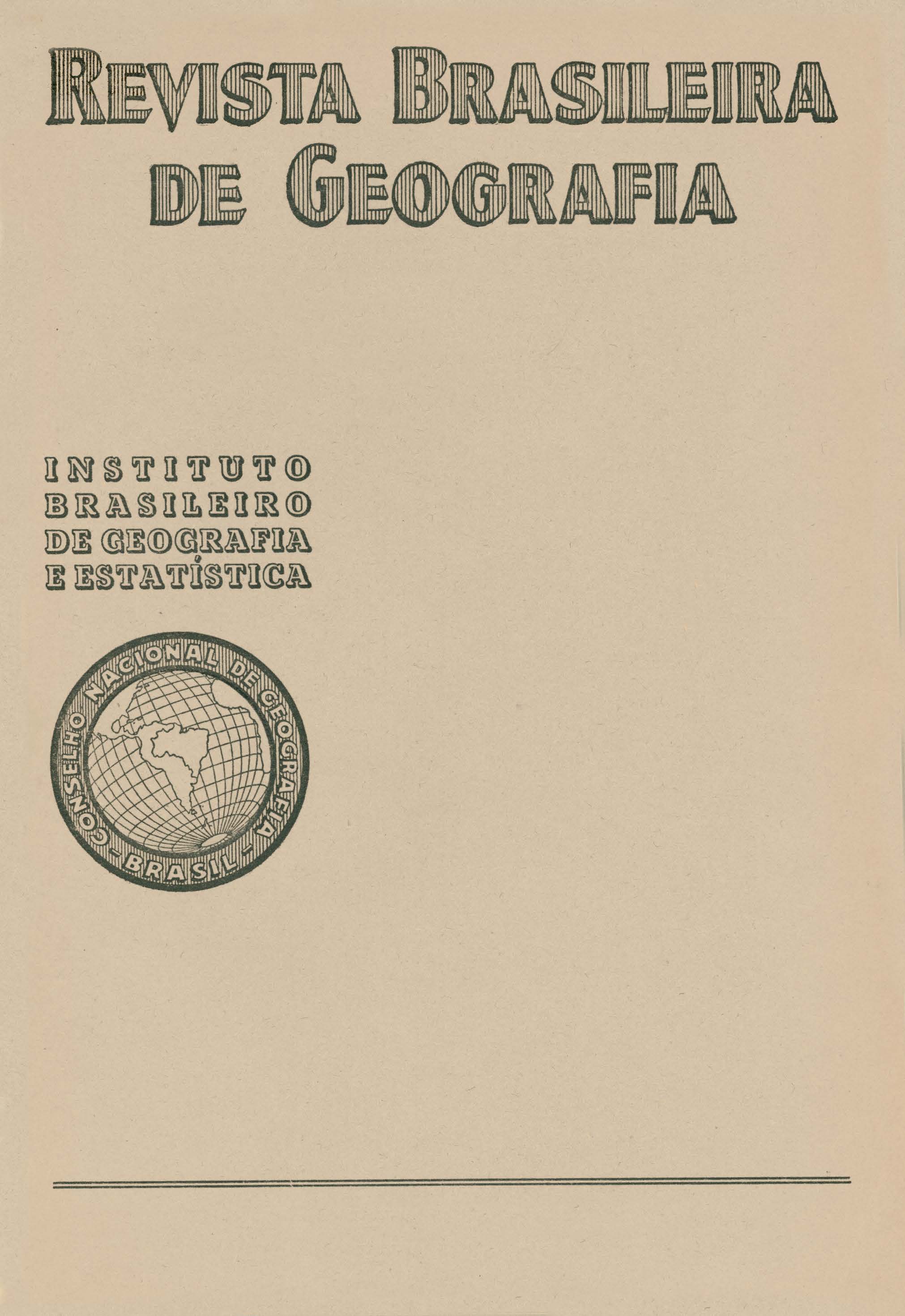O Estado atual dos solos no Município de Campinas, Estado de São Paulo
Resumo
Engineer José SETZER, of the Agronomic Institute of Campinas, makes a study of the "present state of the soil" in that municipality. To simplify the question, he divides the territory of Campinas (1584 square kilometres) into the following agro-geologic formations: Crystalline complex (35% of the total area of the municipality), permian glacial sediments (45 %) remains of triassic basic lava (15 %) and alluvial soils (5 %) These areas, owing to the material impossibility of an accurate demarcation, are submitted with a variation corresponding to the maximum error.
The general and geological characteristics of these fromations are, briefly: in the crystalline complex - salmourão (brine) (25% of the total area of the municipality), which are light, reddish, yellowish, greyish, sandy and shallow soils (available depth for growth varying from 30 to 50 cms), originating from very acid leucocratic rocks; massapê (clay dirt) (10 %) , consisting of very dark, red,orange, and extremely sandy soils, shallower than the previous and produced by less acid rocks; - in the permian sediments: "Catanduva" (1O%), composed of sandy, dry, acid soils, nearly always light and with sparse natural vegetation; clay soil (10 %) well cultivated, with more clay than sand, and, generally, darker than the "catanduva" soil; intermediary soils (25 %) without any popular designation, consisting of soils halfway between the two former ones mentioned; - in the remains of triassic basic lava: mixed purple soil (5 %) , soft and well argillaceous, with the characteristic colour of the genuine purple soil, but chemically much weakear; field purple soil (10 %) , very sandy and of reduced porosity, of a colour similar to the previous soil and with sparse natural vegetation, but somewhat taller and thicker than the field vegetation; - and alluvial soils, lowlying, undrained, riverbanks, marshes and swmps of varying fertility according to location.
He states, when analysing the physical characteristics, that among such extraordinary variety of types of soil "may be found all the virtues and all the physical faults imaginable", therefore, he takes into consideration, in preference, those faults which greatly diminish the agricultural production of the municipality, such as shallowness of the soil and presence of rockbed near the surface, in the crystalline complex. In table N." 1 he presents "the maximum depth of the agricultural soil" in the municipality of Campinas, which has an area of 310 square kilometres with a depth greater than 1 % metres, 480 km• from 1 % to 1 m, 480 km2 from 1 to % m and 310 km• of less than % m.
Referring to the chemical characteristics he stresses that the same motives which thinnedout so strongly the agricultural soil, described by the author, also produced the weakening of the mineral elements available for plant life, which, besides, suffered from strong acidity and lack of humus.
Table N.0 2 submits the degree of acidity according to type of soil (pH indices In km•) and table N." 3 gives the "humus contents" of various types of soil (percentage of total carbon per km2 - gr of C per 100 grammes of soil), making it possible to ascertain that the territory of the municipality has 310 km2 of the poorest kind of soil (less than 0,5), 690 km" of very poor soil (between 0,5 and 1,0), 460 km2 of poor soil (between 1,0 and 1,5), and 120 km2 of jair soil (above 1,5). All these tables refer to ploughable lands and there may be a maximum variation of error of 20% as regards the areas.
In the last chapter he makes a sound analysis of the rational use of the soil in the municipality of campinas and advocates the reforestation of the catanduva type soil, the plantation in contours - as the most elementary defense against erosion -, and cultivation in accordance with the depth of the soft soil. He states that agriculture as generally carried out there, and in fact throughout Brazil, still follows several erroneous and lughly detrimental practices, such as the setting fire to the woods and bushwood, laying bare larger tracts than necessary, the planting of "fashionable" crops, though unadaptable to the soil and climate, and others.
A map containing the agro-geological outline of the municipality and expressive photographs with explanatory titles and all geographically localized, gives typical aspects of the various types of soil studied.
He ends his valuable work by stating: "Perhaps Pedology, the modern science of the soil, which exists ,for less than half a century and has already made such valuable discoveries may find a solution to the discoveries may find a solution to the difficult case of the tropical and subtropical soils, allowing us more optimistc perspectives".






